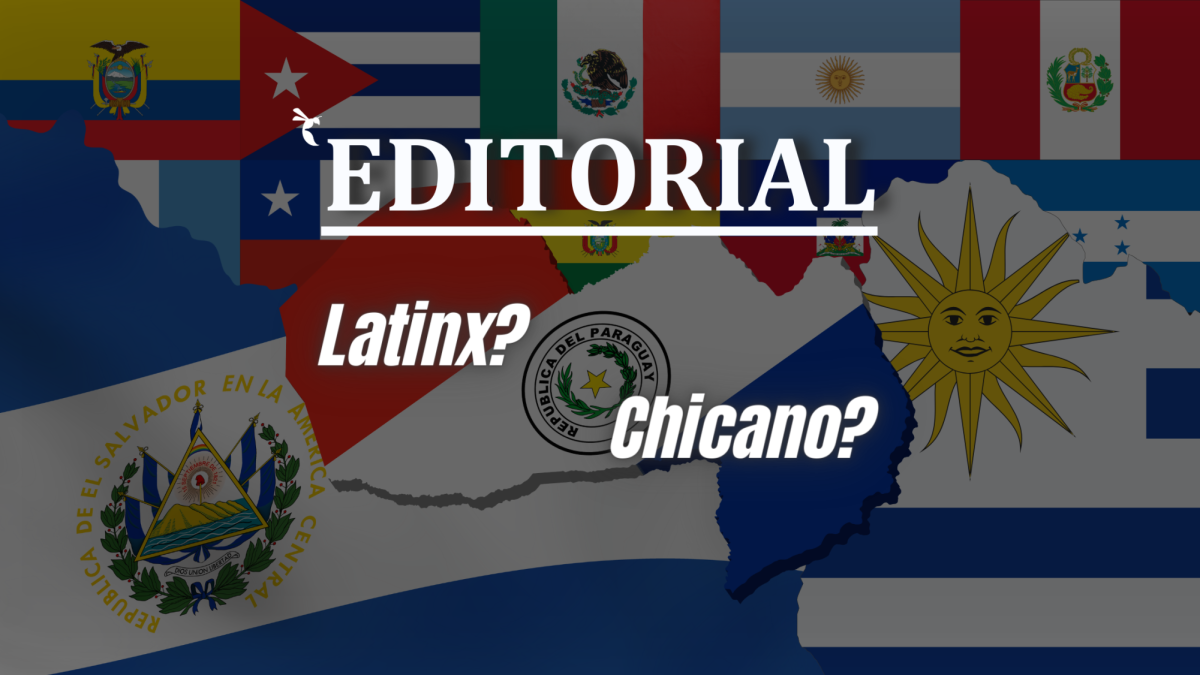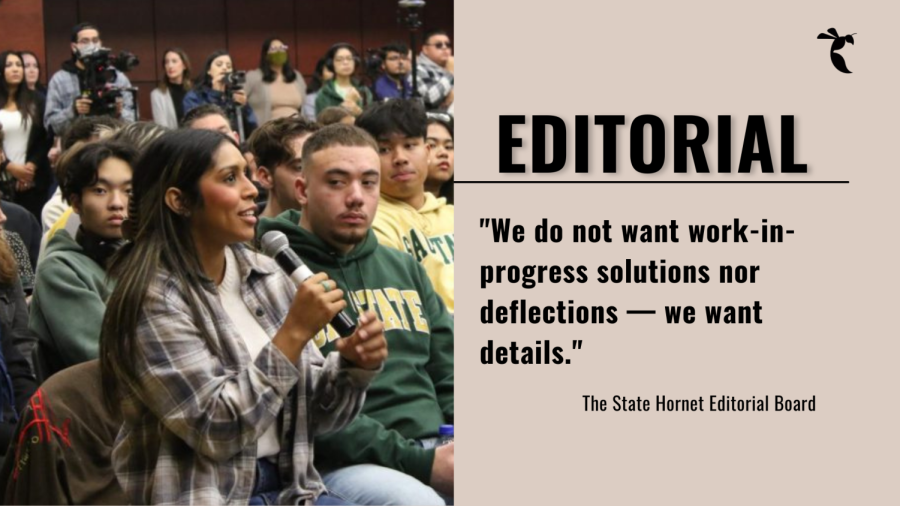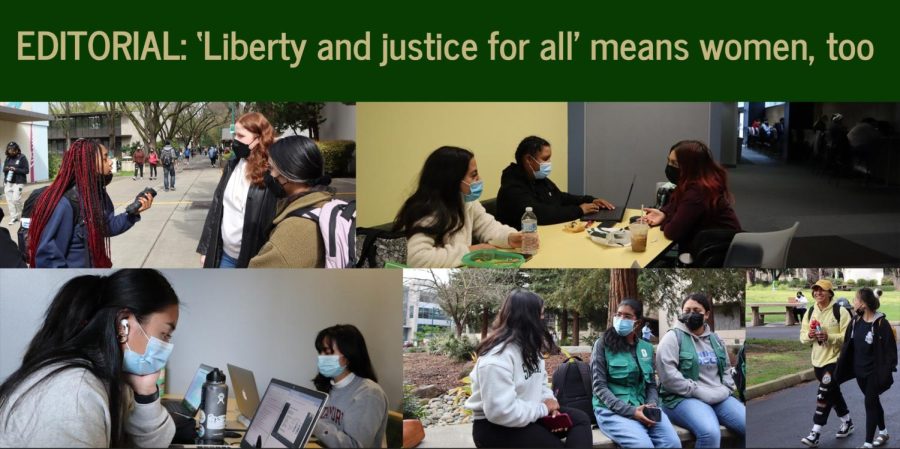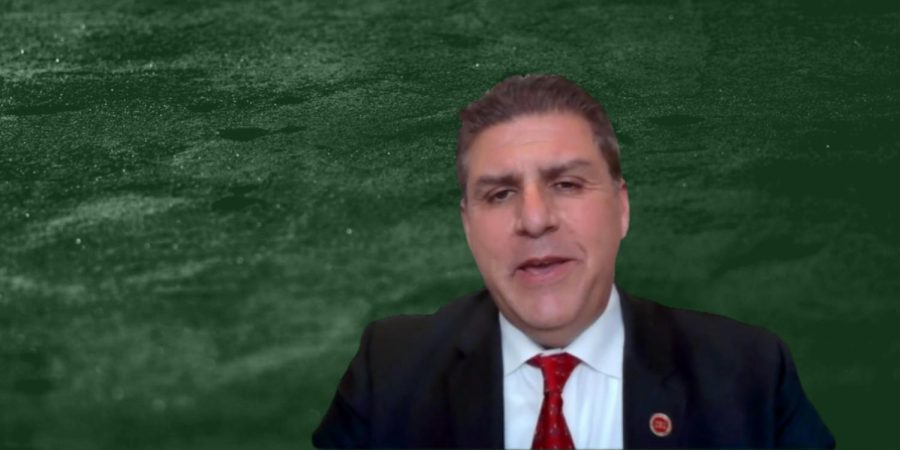The administration is (still) not doing everything it can do to be transparent about whether the water on campus is safe, and the drought of information reached the point where a professor and department chair contacted The State Hornet to get the truth of the situation out there.
Jeffery Foran, the environmental studies department chair, revealed that the situation was developing as early as March 2016, when a previously unpublicized study of 30 random water fountains on campus discovered excess levels of lead at several locations — including the ASI Children’s Center.
Campus officials said this week that the fountains with lead contamination above the Food and Drug Administration’s bottled water limit of 5 parts per billion were shut off until the “bubblers,” or fountainheads that serve as spouts, were replaced. Nevertheless, Foran was told that he could not test there again when he organized the January water test.
“We were not able to pursue it, so I can’t tell you specifically what remedial actions they’ve taken,” Foran said.
Sacramento State has hired a second consultant after the first one — Alex Spataru — suggested putting filters on all the water fountains on campus, according to Foran.
Foran also said that the filters in the dorms are “not working as they (the administration) hoped” to lower the levels of lead contamination.
In the meantime, the administration has taken over a month to create a timeline and process for testing the final 10 percent of water sources on campus that were not tested in March 2016 or January this year. The school is also not taking any steps to identify which water fountains haven’t been tested, though they are scheduled to be tested as of this week.
“In my view, it is not prudent to assume a problem when you don’t know one exists,” said Jill Parker, the interim senior of risk management services and chief risk officer at Sac State, on Feb. 14. “You’re making an assumption, that in this one area, that same set of circumstances would apply to others. That’s a pretty big leap.”
Of course, it is close to the definition of prudent to assume there might be a problem with the remaining water sources when the previously-tested ones did end up with levels of lead above the California Public Health Goal, the FDA standard and the EPA action limit.
As we pointed out two weeks ago, the school’s highest obligation is to provide a safe atmosphere for education. We know that the school is shirking that sacred, ethical obligation with regard to the 10 percent of water sources that have remained untested this whole time — and with so many unanswered questions we do not know if they are doing that in other ways as well.
Why aren’t the exact locations of the untested water sources being publicized?
Why did it take more than a month to arrange for them to be tested?
Why weren’t the testing and actions taken in the children’s center publicized to assure people about the safety of the children on this campus?
Were those actions successful?
In what ways are the filters that were applied in some dorms not working as intended?
What is the school going to do about that?
Does the university intend in any way to hold itself to the California Public Health Goal, which Foran says is the only responsible level of lead contamination to consider if the priority is campus health?
And perhaps most importantly, why did Sac State insist on not answering questions to the point that the professor who lead the study found it necessary to make himself available to do so?
We understand the difference between a legal obligation and a moral one. It seems that Sac State does too, and has chosen to believe they only need to address the former.
It is no exaggeration to say that this administration — which prides itself on commitment to the health of the environment — has shown that, when an inconvenience was presented, it was even more committed to keeping people in the dark about risks to their own health and keeping even itself in the dark about whether it is letting tainted water flow on this campus.
The flippant lack of transparency and action on the part of Sac State’s administration, which betrays the fact that it seems to believe that there will be no consequences to its choices, is only enabled if those of us who are affected don’t demand answers. It is far past the time to do so.
So, for students, faculty, administration and staff, it is time get angry. Demand answers, demand transparency and demand change. It has been made clear that is what will be required for the university to take this seriously.
This story was updated on March 8 at 5:57 p.m. to reflect that:
- The ASI Children’s Center is operated by Sacramento State, not University Enterprises Inc.
- The EPA’s action level for water is 15 parts per billion, while the FDA’s bottled water standard is 5 parts per billion.



































































































































